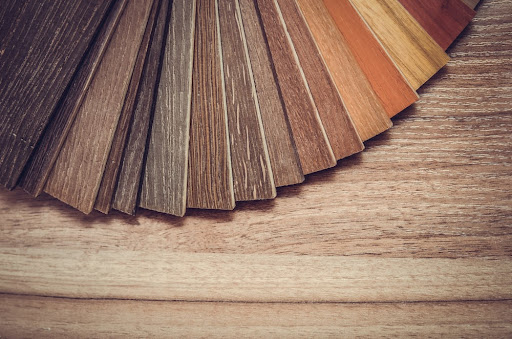Natural wood furniture is not just a part of interior design. It’s a status item that’s trendy at all times and well-known for its ease of maintenance and perfect outlook in any interior layout. It’s a no-brainer in terms of eco-friendliness and service life. That’s why wood-related resources like woodmetro.com are getting so popular. People prefer this eco-friendly option for many reasons, and if you want to enjoy wooden furniture as well, you’ll probably wonder what wood will be the best pick. Let’s find it out.
Wood Species and How They Differ
There is a large number of wood species suitable for making furniture. They differ in density, rigidity, texture, and other characteristics. Each material has a different density that impacts wear resistance, durability, and strength. Wood is divided into four types of density: soft, medium, hard and extra hard. Wood of medium density combines optimal characteristics for making furniture at a fair price.
Soft: cedar, spruce, alder, pine, linden.
Medium and Hard: oak, walnut, ash, cherry, beech, maple, birch, larch.
Extra hard: Karelian birch, acacia, hornbeam, yew, mahogany.
The complexity of material processing also directly depends on the degree of wood density, which affects the final cost of furniture. Softwoods are used for decorative details and facade elements. Medium-density wood is a versatile material for making furniture. Hardwood is used for load-bearing structures. Extra hardwood is suitable for making furniture for living spaces with extreme fluctuations in temperature and humidity levels.
Pine, birch, beech, ash, and oak are the most popular types of wood. These materials combine good utility properties, aesthetics, and a price-quality ratio. Let’s take a closer look at a few of them – Pine, Oak, and Ash.

Pine
Pine is one of the most common species of coniferous trees. It’s generally recommended to pick pines that grow in sandy soil and on hills. Such wood is distinguished by an interesting cut pattern with pronounced, narrow growth rings.
The material has an original brown core. The color of the tree itself is most often cream or yellow with reddish patches. Over time, the wood acquires a darker shade, due to which the cost of pine products increases.
Oak
This material is most often used to create solid wood furniture. It boasts a great combination of beauty, practicality, and reliability. Oak is considered one of the hardest woods. In addition to strength characteristics, it has a peculiar cut pattern and is perfect for artificial aging.
The color of oak depends on where the tree grew and its age. Shades range from light golden to bright brown. Since this wood is suitable for staining and artificial aging, you can get unique color options that will still look natural.
Ash
Ashwood qualities resemble those of an oak tree. It stands out for its light shade and interesting neutral texture. Ash is well suited for interiors in classic and neutral styles. Due to its density, ash is resistant to mechanical damage and can withstand intense pressure.
Ash is well-known for its rich hue and pearly silver color with milky or yellow undertones. It has a pleasant matte sheen, so ash furniture reflects sunlight and shimmers with beautiful colors.






